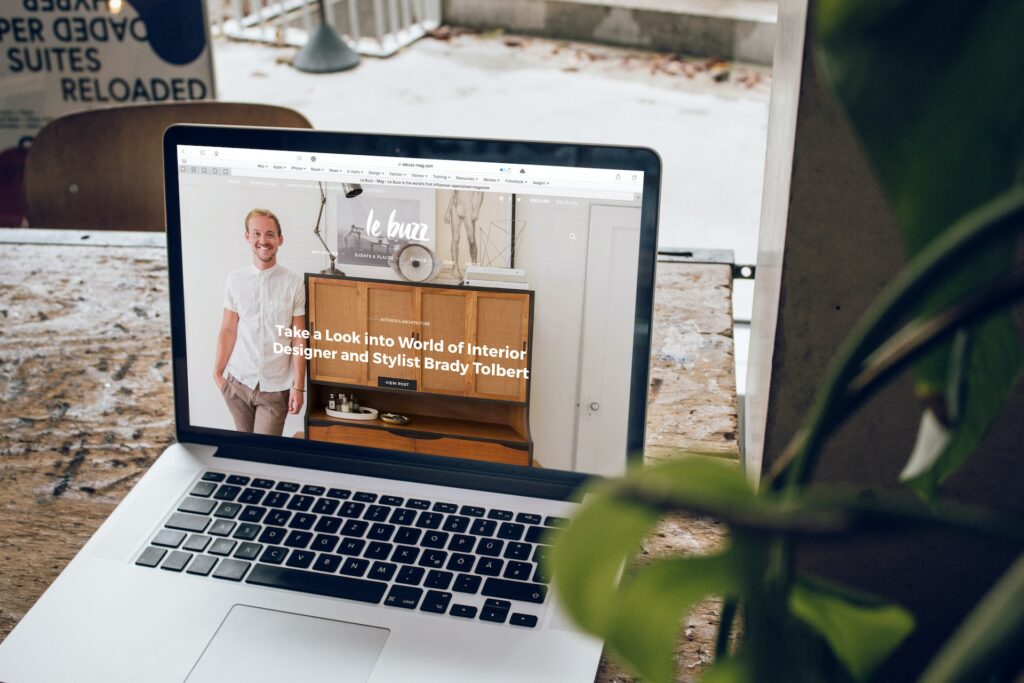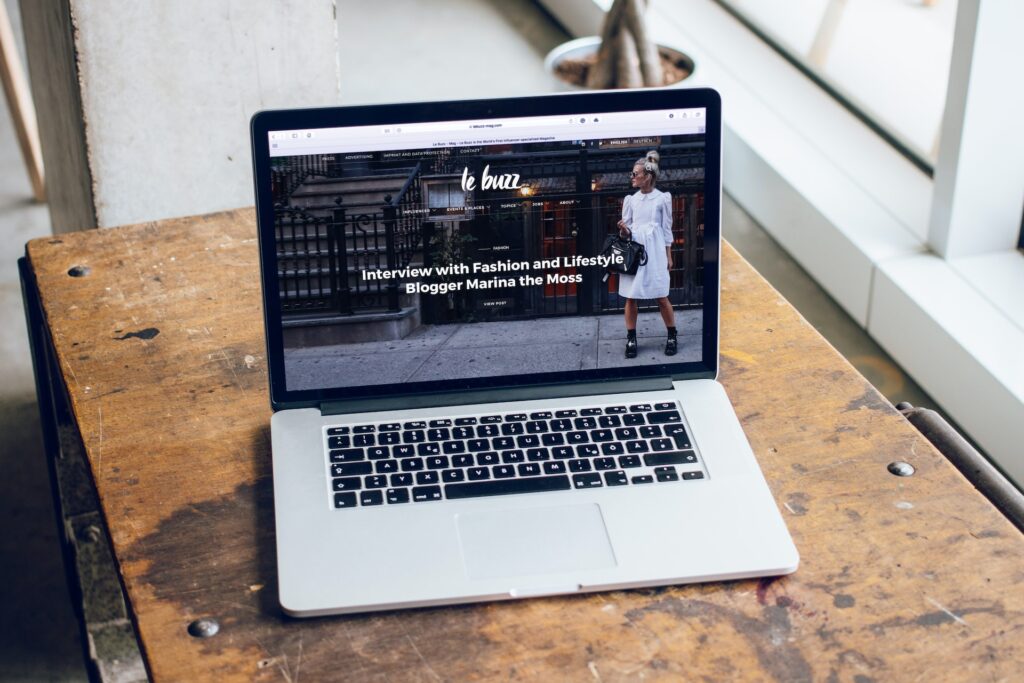The Importance of Getting Your Site Design and Architecture Right
Have you ever wondered how you should be structuring your website? What would be the best way to wire-frame the site and get the desired sitemap? For instance, how should you structure the navigation menu? What kind of pages should be grouped? What kind of layout should the pages follow? Just thinking about the whole process can be overwhelming, and most companies end up getting lazy with their site design and architecture and just naturally structuring their website. These companies don’t know that most of the time, they hardly feel natural for the end users.

While smaller sites (around five to ten pages) do not need much site architecture planning, big sites depend on them to thrive. A properly organized site will provide relevant content while also connecting users to other content that is contextually relevant or progresses their original intent. A well-structured site will make users feel like the website is intuitive to use and leave users feeling satisfied with using the website. This results in the users revisiting the website, referring the website to their network, linking to the website or making a purchase.
Poorly structured websites have the opposite effect. Users feel challenged by the notion of using the website to find what they are looking for. They browse through multiple pages in an attempt to fulfill their original intent, only to become more confused the more they search. They end up leaving the website in frustration and will probably never come back again. Of course, this describes the situation a user would be put in if he didn’t abandon the website in the first place.

It’s not just about site structure, either. The web design greatly impacts whether the user will stick around and consume your content or read your sales message. Most people instinctively focus on visual presentation when the design topic comes up. However, all the little aspects of design make a big difference. Everything from your font, images, and layout, and how your content is formatted will affect the engagement of your website.
With that said, how do you go about actually making the right decision regarding your web design and website architecture? You start by building a profile of your typical user. What does the average user that comes to your website look for? What other related information will the user also naturally or eventually look for? How can you deliver value to these users while hitting your goals (sales, phone calls, leads, etc.)?
Next, you figure out how to deliver value based on context. If a user comes into one of your pages from the search engines, you want to ensure that this page fulfills the intent of the search query. You also want this page to point to other topics/sub-topics to which the query will naturally progress. If a user makes a broad search query and lands on your page, you want to provide multiple options so that the user can specify what he was looking for.
Then there’s web design. You want to ensure that the design reflects the identity of the user and the solutions they are looking for. You may also want to figure out how to tie your brand into the design. The bottom line is that you have to take site architecture and design very seriously if your company or organization’s goal is to build a successful site, make an impact and sustain its success.
Related Articles
Navigating the Design of Input Controls in UI
January 6, 2024
UI Signifiers in Website Design
January 5, 2024



